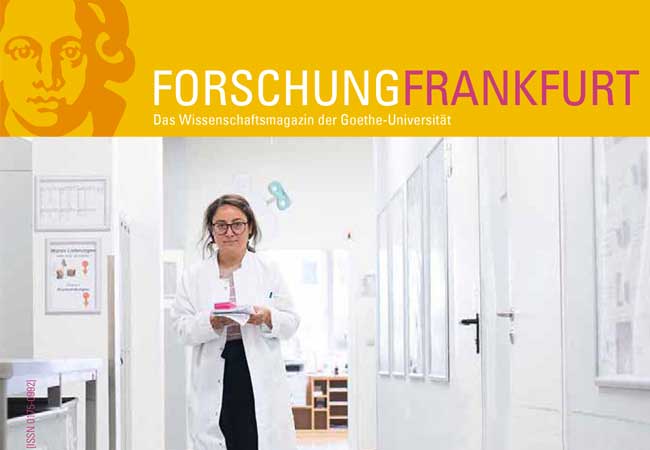The ALICE experiment at the CERN particle accelerator center in Geneva, Switzerland, investigates the state of matter shortly after the Big Bang, also known as the quark-gluon plasma. By causing lead ions to collide with each other, it is possible to create such a quark-gluon plasma for tiny fractions of a second. Now, for the first time, a test run at CERN for the ALICE experiment has generated collision energies of 5.36 teraelectronvolts per nucleon-nucleon collision – the highest collision energy ever achieved worldwide. Researchers led by Goethe University’s Harald Appelshäuser prepared the central ALICE detector for these higher collision rates, which they hope will offer new insights into the origin of the universe.
A few fractions of a second after the Big Bang, all matter in the universe constituted a kind of „elementary particle soup“, known as quark-gluon plasma. By allowing heavy ions to collide in particle accelerators, it is possible to create such quark-gluon plasma for an extremely short time. Such lead ion collisions are central to the ALICE experiment at CERN’s accelerator center, which aims to study the properties of matter as it existed shortly after the Big Bang.
During a four-year renovation phase, lasting from 2018 to 2022, the world’s most powerful particle accelerator, the Large Hadron Collider (LHC) at CERN, was once again improved and now is capable of accelerating significantly more lead ions than before. The ALICE detector was also upgraded during this time, enabling it to record the higher collision rates the LHC will deliver in the future. For this purpose, it was necessary to completely replace the readout detectors of the experiment’s central detector, the so-called Time Projection Chamber (TPC). Prof. Harald Appelshäuser from Goethe University’s Institute of Nuclear Physics is in charge of this project, which has been ten years in the making. Among other things, the new TPC will make it possible to determine the temperature of the quark-gluon plasma produced during the lead-lead collision.
The tests now being carried out at CERN with lead ions will allow ALICE researchers to verify that the readout and signal handling work as expected. The enormous amounts of data generated during the measurements constitute a major challenge – for the TPC alone, the data volume comes to several terabytes per second. To sufficiently reduce the amount of data stored, this data stream must be processed in real time using effective pattern recognition methods.
The EPN (Event Processing Nodes) computing cluster, which is based on both conventional processors (CPUs) as well as special graphics processors, was set up for this exact experiment. Leading the project is Prof. Volker Lindenstruth of the Frankfurt Institute for Advanced Studies (FIAS) and Goethe University’s Institute for Computer Science.
The first measurements of the new energy constitute a great success for CERN’s heavy ion program. Prof. Harald Appelshäuser: „We can hardly wait for the measurements to really start now.“








